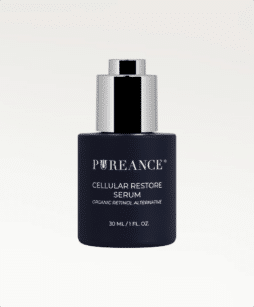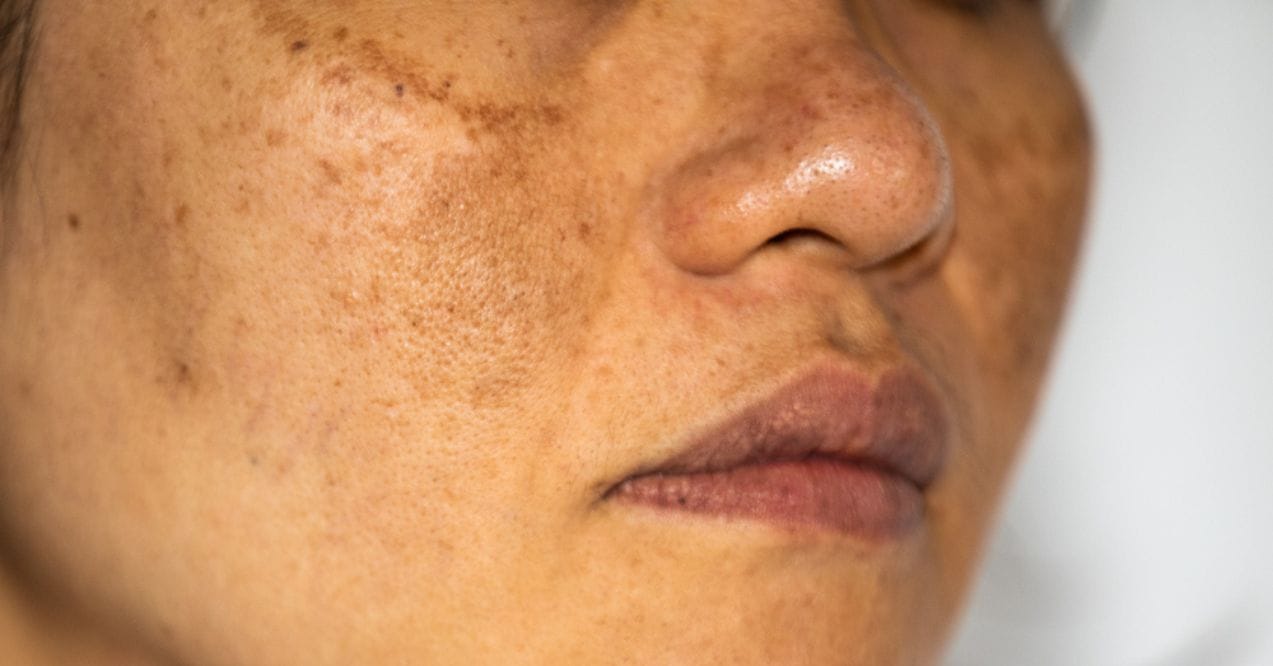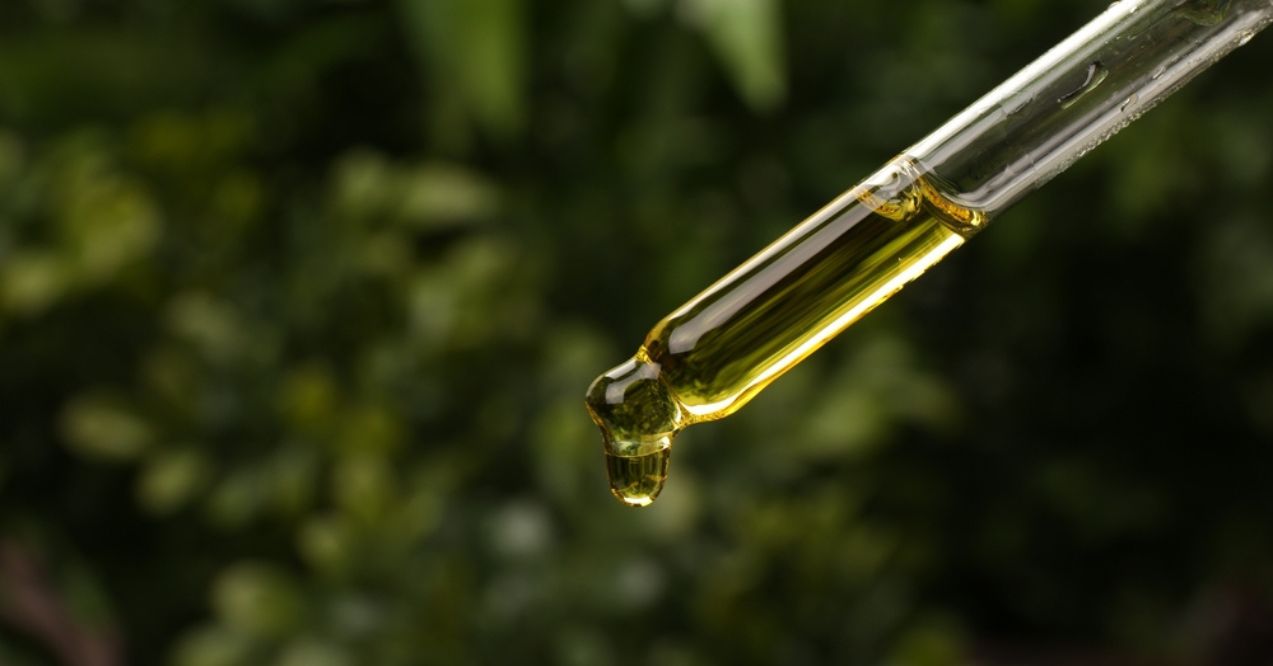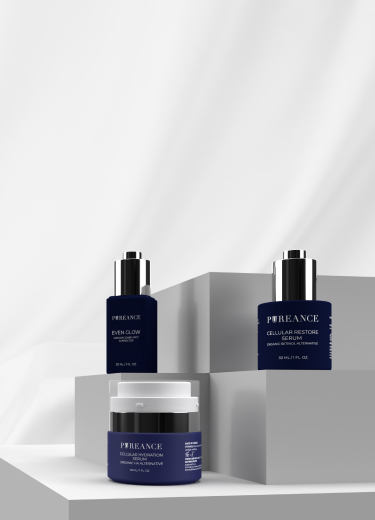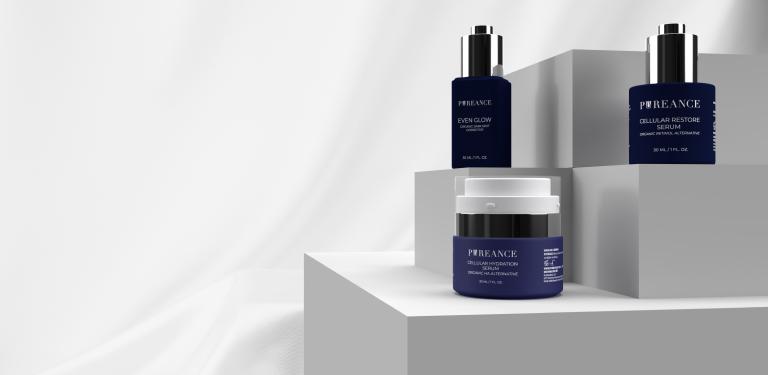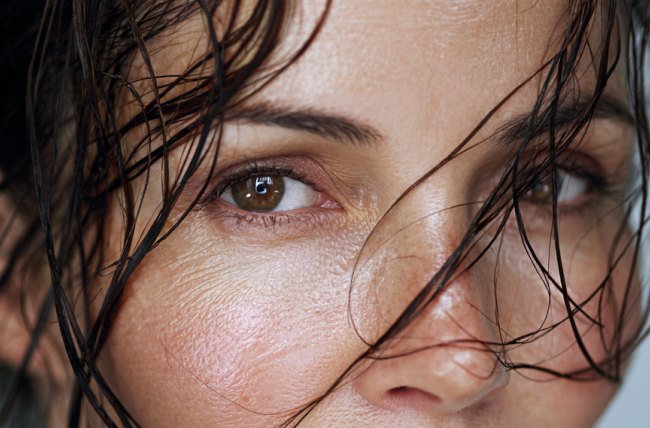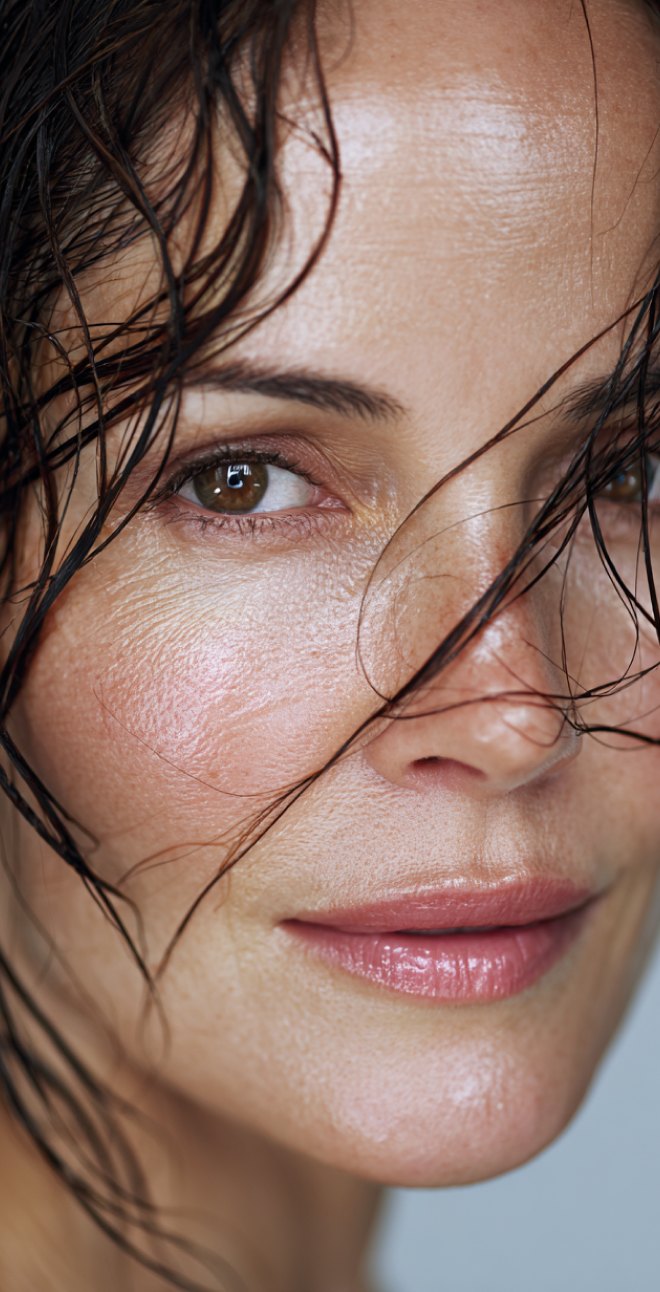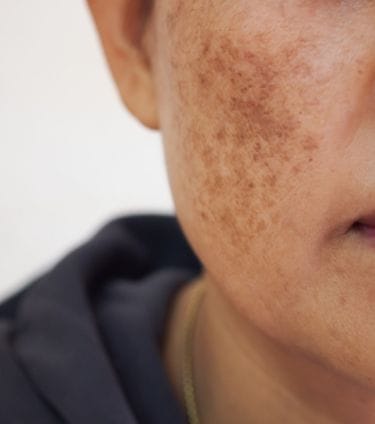
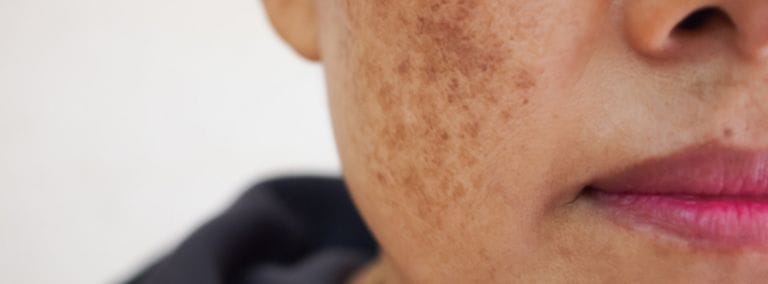

Top 5 Remedies to Treat Hydroquinone Damaged Skin
Understanding how to treat hydroquinone damaged skin is essential for anyone who has experienced adverse effects from prolonged use of this potent skin-lightening agent. Hydroquinone is widely recognized for its ability to reduce hyperpigmentation and lighten dark spots, making it a popular choice in skincare. However, its powerful effects come with risks.
Overuse or improper application can lead to significant skin damage, including discoloration, increased sensitivity, and even long-term health concerns. In this post, we’ll explore five targeted strategies that can support the recovery and revitalization of hydroquinone-damaged skin, helping you regain a healthier complexion without compromising your skin’s well-being.
Key Article Findings
- Understanding how to treat hydroquinone damaged skin involves targeted therapies that support skin recovery without causing further harm.
- Antioxidants like vitamin C, vitamin E, and ferulic acid are crucial for combating oxidative stress and promoting skin health.
- Advanced peptide treatments and botanical alternatives, such as licorice root and kojic acid, offer safer options for addressing hyperpigmentation.
- Professional light therapy, alongside gentle skincare practices, plays a vital role in stimulating skin repair and improving overall complexion.
Understanding Hydroquinone Damage
Prolonged hydroquinone use can lead to various skin issues, ranging from mild irritation to more severe conditions. Recognizing these effects is crucial for implementing appropriate skin recovery strategies.
Common Signs of Hydroquinone-damaged Skin
Hydroquinone damaged skin often presents with distinct symptoms. Ochronosis, a blue-black discoloration, is a telltale sign of overuse. Users may notice increased redness, persistent irritation, and a dry, flaky texture. Skin might become more sensitive to touch and environmental factors. In some cases, paradoxical hyperpigmentation occurs, exacerbating the very issue the product aimed to address.
Long-term Effects on Skin Health
Does hydroquinone damage skin barrier? This question is particularly relevant when considering long-term effects. Extended use can indeed compromise the skin’s protective barrier, leading to increased transepidermal water loss and heightened susceptibility to external aggressors. This barrier disruption may result in chronic dryness, reduced elasticity, and accelerated signs of aging.
Moreover, the skin’s natural melanin production process can be disrupted, potentially altering its response to UV radiation and increasing photosensitivity. These cumulative effects underscore the importance of addressing hydroquinone damaged skin promptly and effectively to support overall skin health and function.
How to Treat Hydroquinone Damaged Skin
So, how to treat hydroquinone damaged skin? Addressing the effects of hydroquinone requires a targeted approach to support skin recovery and reinforce its natural defenses. Below are two effective strategies to consider.
1. Targeted Antioxidant Therapy
Antioxidants like vitamin C, vitamin E, and ferulic acid are crucial in combating the oxidative stress induced by hydroquinone. These powerful compounds help neutralize free radicals, reducing inflammation and promoting skin healing. Vitamin C, in particular, can support the repair of skin tone and texture, while vitamin E aids in moisturizing and strengthening the skin barrier. Combining these antioxidants in your skincare routine can significantly alleviate the visible effects of hydroquinone damage.
2. Microbiome Restoration Protocol
Hydroquinone can disrupt the delicate balance of the skin microbiome, leading to irritation and compromised skin health. Restoring this balance involves the use of prebiotics and probiotics. Prebiotics nourish beneficial bacteria, while probiotics replenish them. Begin by incorporating a gentle, microbiome-friendly cleanser, followed by a probiotic-rich serum or moisturizer. This step-by-step approach helps rebuild the skin’s natural defense system, reducing sensitivity and promoting a healthier complexion.
3. Advanced Peptide Treatments
Advanced peptide treatments offer a promising approach to skin recovery, particularly for those dealing with hydroquinone damage. Peptides like copper peptides and Matrixyl are known for their ability to support skin repair and collagen production. Copper peptides help regenerate damaged skin by stimulating collagen and elastin, which are crucial for maintaining skin firmness and elasticity.
Matrixyl, on the other hand, targets fine lines and uneven skin texture, promoting a smoother, more even complexion. Unlike some harsh treatments, peptides address hyperpigmentation without exacerbating skin sensitivity. To incorporate peptides into your skincare routine, start with a peptide-rich serum, applying it after cleansing and before moisturizing, to maximize its absorption and benefits.
4. Botanical Brightening Alternatives
For those learning how to repair skin damaged by hydroquinone, botanical brightening alternatives offer a gentler yet effective solution. Ingredients like licorice root, kojic acid, and arbutin work by inhibiting the enzyme responsible for melanin production, thereby gradually reducing hyperpigmentation. Unlike hydroquinone, these plant-based alternatives are less likely to cause irritation or further damage to the skin barrier. Licorice root, for example, not only brightens the skin but also has anti-inflammatory properties, making it ideal for sensitive skin.
Kojic acid and arbutin are similarly effective but work at a slower, more controlled pace, offering a safer profile for long-term use. These ingredients are excellent choices for anyone looking for a hydroquinone alternative that provides effective results without the risk of further damaging the skin. By incorporating these botanicals into your skincare routine, you can support your skin’s recovery while maintaining a more balanced complexion.
5. Professional Light Therapy Protocols
Professional light therapy protocols, such as LED therapy and low-level laser therapy, are highly effective in treating hydroquinone-damaged skin. These treatments work by stimulating cellular repair and reducing inflammation, promoting a healthier skin appearance over time. LED therapy, using specific wavelengths of light, targets damaged cells and encourages regeneration without causing further harm.
Low-level laser therapy penetrates deeper into the skin layers, aiding in the reduction of hyperpigmentation and enhancing skin texture. For best results, these treatments are typically performed in a series of sessions, with visible improvements often noted after just a few weeks. Light therapy is a non-invasive option that complements other treatments in restoring the skin’s natural radiance.
Additional Tips for Skin Recovery
Sun protection is crucial in the recovery process for hydroquinone-damaged skin. UV exposure can exacerbate damage and hinder the healing process, so using a broad-spectrum sunscreen with at least SPF 30 daily is essential, even on cloudy days. Additionally, adopting gentle cleansing and moisturizing techniques is vital. Opt for a mild, non-irritating cleanser to avoid further compromising the skin barrier, and follow up with a hydrating, fragrance-free moisturizer to lock in moisture and support barrier repair.
Remember, patience and consistency are key. Skin recovery takes time, and results may not be immediate. Stick to your routine, and avoid introducing too many new products at once, as this can lead to irritation. By being diligent with these practices, you can promote a gradual and effective recovery of your skin’s health and appearance.
Conclusion
Understanding how to treat hydroquinone damaged skin is essential for achieving a healthier, more resilient complexion. By incorporating targeted antioxidant therapy, advanced peptides, and botanical alternatives, you can support your skin’s recovery without causing further harm. Complement these treatments with professional light therapy and a diligent skincare routine to see gradual improvements. With patience and consistency, it’s possible to restore and revitalize hydroquinone-damaged skin.
Improvements in hydroquinone-damaged skin typically take several weeks to a few months, depending on the severity of the damage and the consistency of your skincare routine. Patience and regular use of targeted treatments are key to noticeable results.
Yes, you can combine multiple remedies, such as antioxidants, peptides, and botanical alternatives, for faster results. However, introduce them gradually to avoid irritation, and monitor your skin’s response to ensure it tolerates the combination well.
These remedies are generally suitable for all skin types and tones, but it’s essential to consider individual skin sensitivities. Patch testing and consulting with a skincare professional can help ensure these treatments are appropriate for your specific needs.
If your skin reacts negatively to any of these treatments, discontinue use immediately, switch to gentle, soothing products, and avoid further irritation. Consider consulting a dermatologist to adjust your skincare routine and find suitable alternatives.
This site offers health, wellness, fitness and nutritional information and is designed for educational purposes only. You should not rely on this information as a substitute for, nor does it replace, professional medical advice, diagnosis, or treatment. If you have any concerns or questions about your health, you should always consult with a physician or other health-care professional. Do not disregard, avoid or delay obtaining medical or health related advice from your health-care professional because of something you may have read on this site. The use of any information provided on this site is solely at your own risk.
Nothing stated or posted on this site or available through any services are intended to be, and must not be taken to be, the practice of medical or counseling care. For purposes of this agreement, the practice of medicine and counseling includes, without limitation, psychiatry, psychology, psychotherapy, or providing health care treatment, instructions, diagnosis, prognosis or advice.
